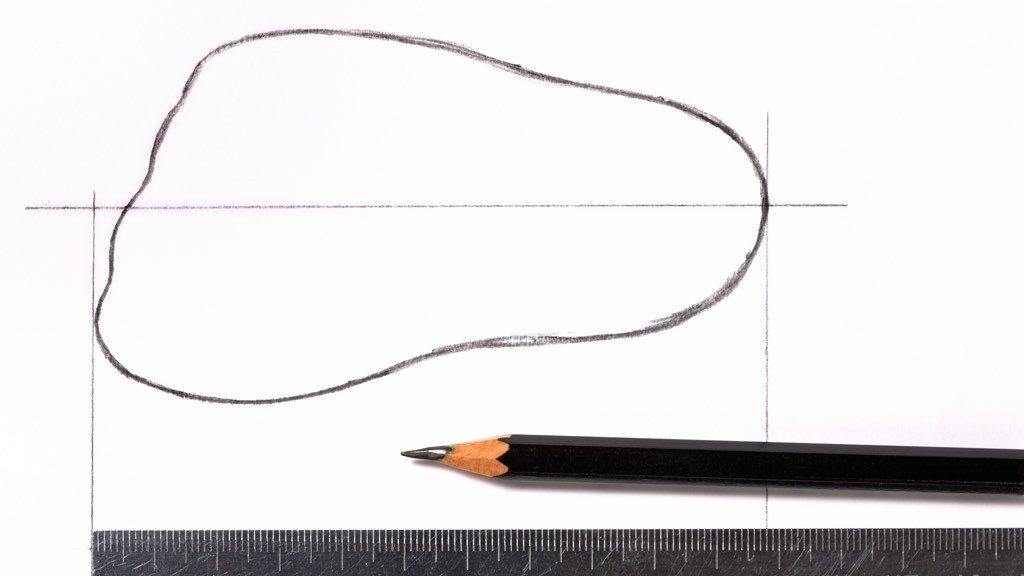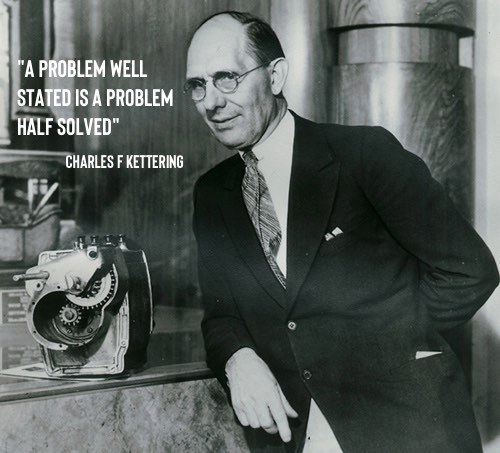Stating the problem is half the solution
Datum: 2022-05-09 11:00

Once in a while the implications of our structural inefficiencies and traps are particularly apparent. The workday feels overwhelming, we run from one meeting to the next, and our gut tells us we missed something, which in turn makes us worry and stress even more than usual. The thought that we need to change something, change our structure, how we work, or how we usually do things, emerges.
And we ask ourselves: — But what needs to change?
… and get the answer: — Something. Everything. My whole life.
- So, what is the problem?
- It’s just too much! I don’t have time for everything I need to do, even though I rush through everything!
- How would you want things to be?
- Simpler. Calmer. I would want time to think and reflect.
Fair enough, but we haven’t gained much insight after such an internal dialogue, and we are not really getting any closer to that structured workday where there is space and time for calmness, reflection and a moment to breathe here and there.

”A problem well stated is a problem half solved” — wise words supposedly said by the inventor Charles Kettering (1876−1958). I completely agree with him, especially when it comes to structural improvements. If we describe our work-related problems as ambiguous and vague as above, it will be difficult to find something concrete to do in order to refine the routines and thereby bring more simplicity and calmness into our workday.
Narrow it down
When you feel that you need to do something about your structure, try isolating the problem and narrowing it down as much as possible. Do not try to include and describe all your structural issues at once, but just choose to focus on one thing that frustrates you, even if it it very small and thereby very specific, just to get started somewhere. Taking small steps is key.
Delimit
When you are feeling that ”it is just too much right now”, you do not have neither the time nor the energy to take a giant grip on your entire situation and change all your habits at once. But if we choose to solve a smaller and clearly defined problem, we will obtain results from our efforts quickly, which in turn eases our burden and makes us feel motivated to deal with the next issue, and so on.
Do this
- If you want to, think about what things or situations in your everyday life that frustrates you, stresses you out and which you somehow experience as being obstacles to your progress. Choose the phenomenon, situation or thing which bothers you most at the moment.
- Isolate and narrow the problem down by formulating it as clearly as you possibly can. Allow me to exemplify. Lately I have had the tendency to postpone dealing with and processing taxi‑, lunch‑, bus‑, and hotel receipts which I receive and save during business trips. The moment I receive a receipt I later need to forward to a client who is covering the expense, I scan it with my phone and send the image to myself, after which I place the physical receipt in my portable inbox (which is a sturdy plastic pocket I can reach into without removing it from my bag) to be processed further once I get back to my office. But when I get back to my desk it usually feels so cumbersome and messy to take care of all the receipts that I usually prioritize other tasks rather than dealing with this straight away. This has resulted in that the processing of receipts has lagged behind, and eventually gotten even worse to deal with since the receipts have piled up.
So, if I were to describe the scenario in more ambiguous terms, I could for instance say that ”it is such a pain with all these receipts and I would want the processing of them to be easier”. Fair enough, but not good enough. Being more specific and concrete, the situation could be described as follows: ”When I am back at the office after a few days of traveling and I feel the need for a calm day working by myself, it feels so overwhelming to see the pile of wrinkled receipts filling the portable inbox to the brim, that I am reluctant towards getting started with processing them and instead choose to work on other things while throwing a glance at the pile once in a while and try, unsuccessfully, to ignore its presence.”
Good. Now we have something to work with. Since I obviously want a calm day at the office when I have just had a few days of traveling and lecturing, it might perhaps be better if I process the receipts in another situation and sooner. Just seeing the receipts bothers me, so if I find a way of putting at least part of them out of sight, that would be good. It also bothers me that they are all crumpled up, so if I make sure to fold them up neatly when putting them into the portable inbox in the first place rather than just stuffing them down, I will not be as bothered at the sight of them. And if I process a few receipts at a time, perhaps at the end of the day when out traveling, instead of collecting them and then having to deal with them all at once, I would not feel as overwhelmed. And so on. Finding several small solutions to the problem we can try to apply becomes much easier when the problem is clearly defined. - Once you have specified and described the problem accurately, start with implementing the first solution you come to think of and see if the situation improves. If you are unable to implement the change immediately, create a to-do-task instead that describes what your next step will be and add it to your to-do-list.
- Continue like this. Repeat as soon as you feel you need to improve your structure somehow.
Free from frustration faster
If you describe whatever you are experiencing as an obstacle to your progress as detailed and comprehensively as you can, it will become easier to find a solution to the problem. You will become free of your frustration much faster, and will feel more flow in your work.
What is your method?
How do you quickly and easily find a solution to a glitch in your structure? Do you ask someone for advise? Do you read blogs? Do you brainstorm on an empty sheet of paper? Write to me and tell me!
(A favorite way of mine to simplify some tasks at work is to let the computer write for me — instead of typing every letter myself.)
By the way, if you want more tips on how to create good structure at work — here are many ways to get just that.




